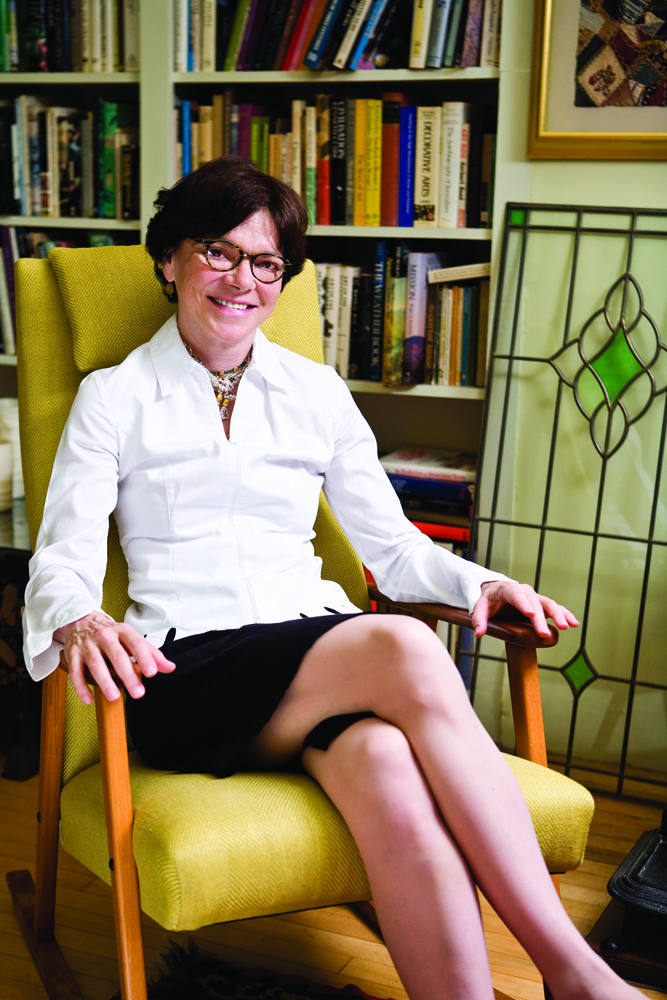
I sometimes stop during the day here and look back at early issues of ANTIQUES. Recently I have been dipping into articles from the 1920s when a passion for rescuing our cultural past from the march of progress swept through the country. The opening of the Metropolitan Museum of Art’s American Wing in 1924 was only one sign of a new enthusiasm for things American. The beginning of this magazine two years earlier was another. Both the museum and Antiques were for the most part free of the prevailing boosterism that led one enthusiast to declare, “Americana is not a hobby, it is a creed.” Still, there was a fascinating consensus back then about what was authentically American in the past and what was not.
We are much less certain today. Our annual American furniture issue (with two articles on this month’s reopening of the latest phase of the newly renovated American Wing) will probably be regarded many decades hence as an example of the current thinking about our past as more global than local. We now know that stylistic and material influences arrived here from places far distant from the European homelands usually cited as the sources of American furniture. I can only be pleased if a shift toward globalism in research has led to articles such as Cybèle Gontar’s on the American Campeche chair. Gontar gives us a classical design with a southern accent that is rooted in the trade culture of the Gulf of Mexico and the Caribbean Sea. By also identifying admirers of the Campeche from Thomas Jefferson to Luis Barragán, she restores what was once considered a regional curiosity to its proper place as a cosmopolitan creation.
The japanned furniture of colonial America was also surprisingly and eclectically global in its origins, materials, and techniques. Phyllis Whitman Hunter brings together the cultures that gave New England’s lacquered boxes, desks, and chests enough decorative punch to make you rethink Yankee taciturnity and insularity. To the brilliant but now faded reds of japanned objects we can add the once bright blue of an eighteenth-century japanned clock described here by Alyce Perry.
Even the vogue for Americana in the 1920s was more complex than it first appears. It flourished, after all, at the same time as the American modernist movement of Wallace Stevens and Gertrude Stein, Charles Sheeler and Charles Demuth. The very existence of modernist furniture designers such as Kem Weber, subject of Christopher Long’s article in this issue, must have had a bracing effect on a contemporary like Homer Eaton Keyes, the first editor of this magazine. Keyes vastly preferred the craftsmanship of the past to that of the present but he was no sentimentalist. His prose was snappy and his opinions crisp enough to keep up with the streamlined competition.
The beneficial tension between tradition and innovation has been on my mind recently as we put together modern, our forthcoming quarterly magazine of design, architecture, and the decorative arts. In working on modern with its editor Gregory Cerio, I have been aware of how mutually invigorating the present and the past are. Antiques was not founded as a refuge from modernism and modern will only be enriched by its close association with tradition.
